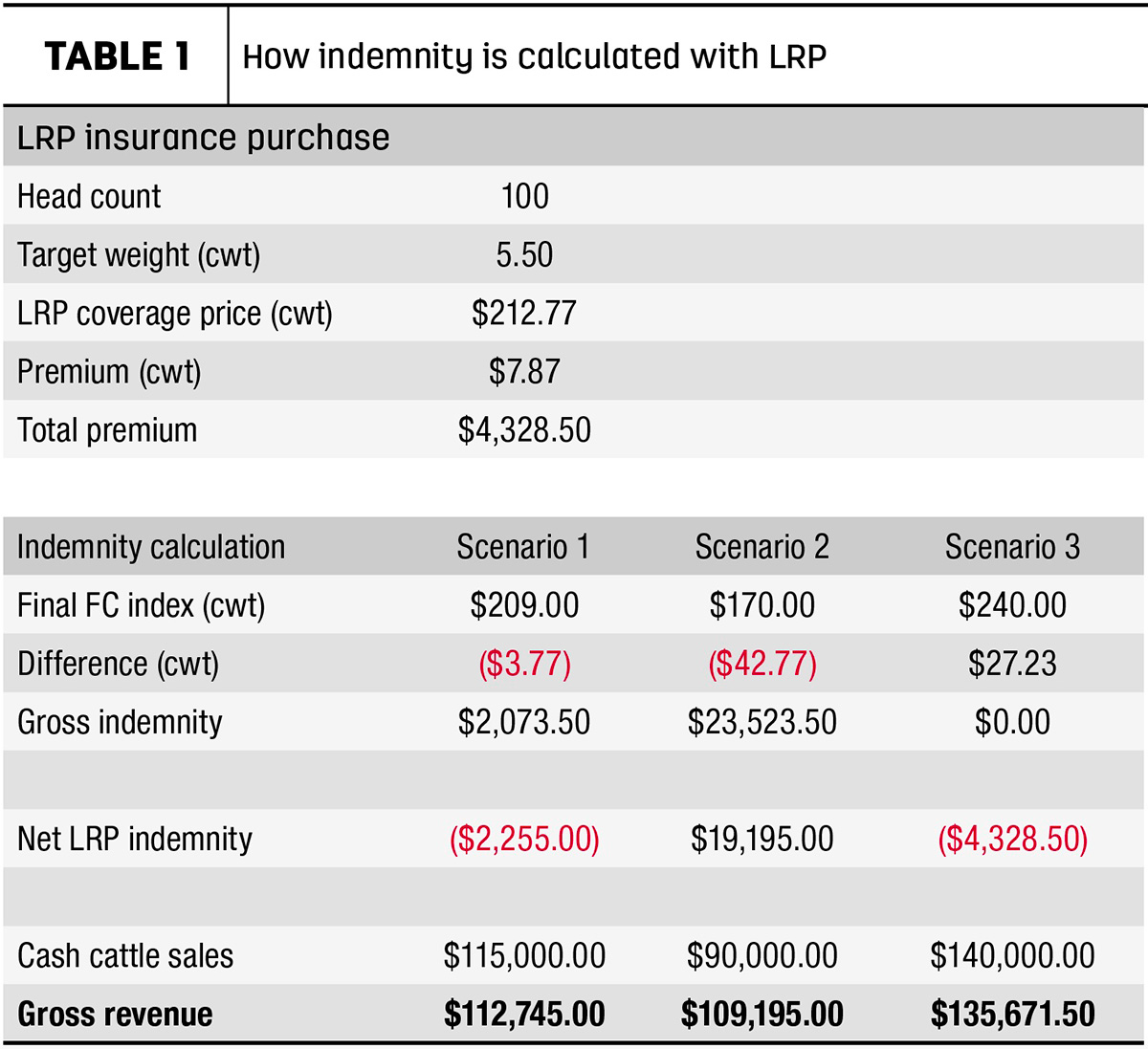Professional Support: Bagley Risk Management Strategies
Professional Support: Bagley Risk Management Strategies
Blog Article
Comprehending Animals Risk Protection (LRP) Insurance Coverage: A Comprehensive Guide
Navigating the realm of livestock danger defense (LRP) insurance can be a complicated undertaking for many in the agricultural industry. From just how LRP insurance policy functions to the different insurance coverage options available, there is much to uncover in this detailed overview that could possibly form the method animals manufacturers come close to threat monitoring in their services.

How LRP Insurance Functions
Occasionally, comprehending the technicians of Animals Threat Protection (LRP) insurance coverage can be intricate, yet breaking down just how it functions can offer clearness for breeders and farmers. LRP insurance coverage is a threat monitoring device designed to protect livestock manufacturers versus unanticipated rate decreases. It's vital to keep in mind that LRP insurance policy is not an earnings warranty; rather, it concentrates exclusively on cost danger security.
Eligibility and Protection Options

When it pertains to coverage options, LRP insurance coverage offers producers the flexibility to select the insurance coverage level, protection period, and recommendations that ideal suit their risk administration demands. Coverage degrees usually vary from 70% to 100% of the anticipated finishing worth of the insured livestock. Producers can additionally choose insurance coverage durations that straighten with their manufacturing cycle, whether they are insuring feeder cattle, fed cattle, swine, or lamb. Endorsements such as cost threat security can better personalize insurance coverage to shield against unfavorable market fluctuations. By comprehending the eligibility requirements and protection choices offered, animals producers can make educated decisions to manage risk efficiently.
Pros and Cons of LRP Insurance
When evaluating Animals Danger Protection (LRP) insurance policy, it is vital for livestock producers to evaluate the downsides and advantages integral in this danger management device.

One of the main advantages of LRP insurance coverage is its ability to offer security against a decline in animals rates. In addition, LRP insurance supplies a level of adaptability, enabling producers to tailor protection degrees and policy periods to match their details demands.
However, there are also some drawbacks to think about. One restriction of LRP insurance coverage is that it does not shield against all sorts of dangers, such as condition outbreaks or natural calamities. Premiums can often be expensive, particularly for manufacturers with big animals herds. It is vital for producers to meticulously analyze their specific threat exposure and monetary situation to identify if LRP insurance is the right risk monitoring tool for their procedure.
Comprehending LRP Insurance Premiums

Tips for Maximizing LRP Advantages
Making the most of the advantages of Animals Risk Defense (LRP) insurance calls for critical planning and proactive threat administration - Bagley Risk Management. To take advantage of your LRP protection, think about the adhering to suggestions:
On A Regular Basis Examine Market Conditions: Keep educated regarding market fads and price variations in the livestock market. By checking these aspects, you can make educated choices about when to purchase LRP insurance coverage to secure against potential losses.
Set Realistic Protection Degrees: When choosing coverage levels, consider your manufacturing costs, market worth of livestock, and possible dangers - Bagley Risk Management. Setting reasonable coverage degrees ensures that you are appropriately safeguarded without overpaying for unneeded insurance
Expand Your Coverage: Instead of relying only on LRP insurance, consider expanding your danger management techniques. Incorporating LRP with other danger monitoring devices such as futures contracts or options can offer comprehensive insurance coverage against market uncertainties.
Review and Change Coverage Consistently: As market problems transform, regularly assess your LRP coverage to guarantee it straightens with your present danger direct exposure. Readjusting protection levels and timing of acquisitions can aid optimize your danger security technique. By complying with these suggestions, you can maximize the advantages of LRP insurance policy and secure your animals operation versus helpful site unanticipated dangers.
Verdict
To conclude, animals danger protection (LRP) insurance is a valuable device for farmers to take care of the financial threats connected with their livestock operations. By comprehending just how LRP works, eligibility and protection options, along with the pros and cons of this insurance coverage, farmers can make educated decisions to secure their livelihoods. By very carefully considering LRP premiums and applying techniques to take full advantage of advantages, farmers can reduce potential losses and make sure the sustainability of their procedures.
Animals producers interested in getting Your Domain Name Livestock Danger Protection (LRP) insurance policy can discover a variety of qualification standards and protection choices customized to their certain livestock procedures.When it comes to insurance coverage choices, LRP insurance policy supplies manufacturers the flexibility to choose the insurance coverage level, coverage period, and endorsements that ideal fit their risk management requirements.To realize the details of Livestock Threat Security (LRP) insurance totally, recognizing the factors influencing LRP insurance coverage costs is critical. LRP insurance coverage costs are identified by different aspects, consisting of the insurance coverage degree selected, the anticipated price of livestock you can try this out at the end of the protection period, the kind of animals being guaranteed, and the length of the insurance coverage period.Evaluation and Readjust Protection Frequently: As market problems change, periodically examine your LRP protection to guarantee it aligns with your existing risk direct exposure.
Report this page